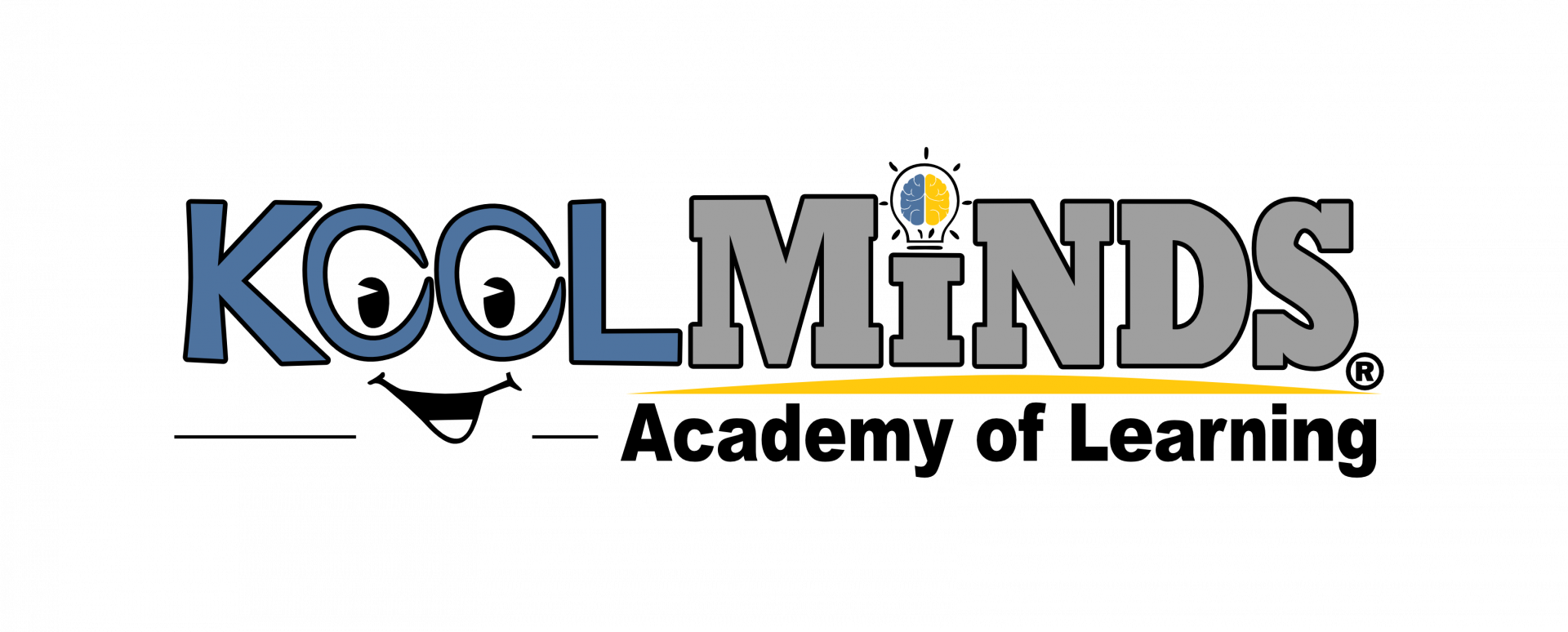S.O.S.! It's a Schwa! Part 3 of 3.
SPELLING THE SCHWA
Now that we have discussed Schwa and have a better understanding of stressed and unstressed syllables and where Schwa occurs, this can help us narrow down the many different schwa spellings in words. We already know how problematic schwas and vowels can be, now for a solution, we need S.O.S!
Traditional S.O.S. Procedure
1. LISTEN (Instructor says, “pat”) – critical student is watching mouth and facing instructor, preferably speaking to the student on the right side of them to take advantage of the ‘right ear advantage’ (Yule, p.193).
2. REPEAT (Student says,
“pat”) – instructor makes sure not to proceed unless student articulated word
correctly.
3. SLOW DOWN - simple → complex tap syllables; what are the spelling rules?, for bigger words or slow down and identify
baseword, roots, morphemes, etc.
4. FINGER SPELL
SOUNDS
5. WRITE WHILE SAYING SOUNDS EX. for pat /p/ - /a/ - /t/
6. SAY LETTER NAMES ALOUD p - a - t
7. The student will then Proofread
“pat”
Outline created based on Orton-Gillingham S.O.S method by Jura Kool, Reading Specialist, A/AOGPE
1. LISTEN (Instructor says, “enemy”) – critical student is watching mouth and facing instructor. preferably speaking to the student on the right side of them to take advantage of the ‘right ear advantage’ (Yule, p.193).
2. REPEAT (Student says, “enemy”) – The instructor makes sure not to proceed unless the student articulates correctly.
3. LISTEN FOR SPELLING (Instructor says, “enemy” again [ ɛn.ə.mi], then repeats word enunciating each syllable based on spelling saying it like “enemy”[ ɛn.ɛ.mi] with a slight hesitation between syllables, and then says it traditionally again, “enemy”[ɛn.ə.mi]) – instructor makes sure not to proceed unless student articulated word correctly and has identified this word having a schwa.
4. SLOW DOWN - simple → complex tap syllables; what are the spelling rules?, for bigger words or slow down and identify baseword, roots, morphemes, etc.
5. STUDENT TAPS SYLLABLES EN-E-MY – instructor guides the student on hearing the schwa sound, then phonetic sounds based on spelling.
6. WRITE WHILE SAYING SOUNDS EX. for EN-E-MY – if the student does not know whether to put a medial i/e in the middle based on the spelling rule medial i/e. The student will be guided to provide a space or a blank circle, or even a schwa symbol to help them get the word on paper and figure out the Schwa later.
7. DOUBLE-CHECK – the student will double-check by dividing the word into syllables to check their spelling. If schwa sound is not discovered already, a spell checker can be used to determine if the word enemy has a medial i/e in the middle syllable. Last resort if the student really could not identify Schwa. The important thing is that the student can hear the Schwa when it occurs in the word. For example, the spell checker is used solely to identify the Schwa, for instance, en?my → enemy.
8. SAY LETTER NAMES ALOUD EN-E-MY
9. Proofread “Enemy” said
phonetically and traditionally with schwa sound.
The Spelling Instruction Debate
The Limitations of S.O.S.
Structured Word Inquiry
A Balanced Approach
IF EVERYONE KNEW ABOUT SCHWA
CONCLUSION
Click here to read the entire article on Schwa!
- Barton, S. E. (2000). The Barton Reading and Spelling System. Bright Solutions for Dyslexia.
- Castle (n.). Index. (n.d.). https://www.etymonline.com/word/castle#etymonline_v_46634.
- A child with his head in his hands. (n.d.). https://images.app.goo.gl/c8xyKAqotqaLB4Lu5.
- CSSTemplatesMarket. (n.d.). the rtMRI I.P.A. chart (John Esling). span | the rtMRI I.P.A. chart (John Esling, 2015). https://sail.usc.edu/span/rtmri_ipa/je_2015.html.
- Kleiber, M. (2011). In Specific Language Training (Vol. Intermediate Level, pp. 90–102). essay, V.C. Education Consulting.
- Maestoo, H., Sorensen, C., & Lehmann, B. (2018, December 11). Using the S.O.S. Strategy. The Literacy Nest. https://www.theliteracynest.com/2014/07/using-sos-strategy.html.
- Phonetics 2 - Vowels: Crash Course Linguistics #9. (2020). YouTube. https://youtu.be/qPTL5x0QW-Y.
- Ramsden, N. (n.d.). Mini Matrix-Maker Results (demonstration only). Mini Matrix-Maker Results. http://www.neilramsden.co.uk/spelling/matrix/current/demo.html.
- Sandman-Hurley, K. (2019). In Dyslexia and spelling: making sense of it all (pp. 29–30). essay, Jessica Kingsley Publishers.
- What is Schwa? (2020). YouTube. https://youtu.be/1juGQ0R-Na0.
- Wikimedia Foundation. (2021, June 9). Schwa. Wikipedia. https://en.wikipedia.org/w/index.php?title=Schwa&oldid=1027774115.
- Wikimedia Foundation. (2021, March 15). Vowel diagram. Wikipedia. https://en.wikipedia.org/wiki/Vowel_diagram.
- Wikimedia Foundation. (2021, May 5). Open-mid back unrounded vowel. Wikipedia. https://en.wikipedia.org/wiki/Open-mid_back_unrounded_vowel.
- Wilson, B. A. (1996). Wilson reading system. Wilson Language Training.
- Writing Systems: Crash Course Linguistics #16. (2021). YouTube. https://youtu.be/-sUUWyo4RZQ.
- Yule, G. (2019). Chapter 5 Word Formation, Chapter 6 Morphology. In The Study of Language (7th ed., pp. 59–76). essay, Cambridge University Press.
https://www.koolminds.com/blog/schwa-part3
Who We Are
Featured Links
#1 This is a title
#2 This is a title
#3 This is a title
Thank you
for your interest!
